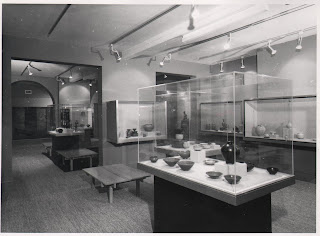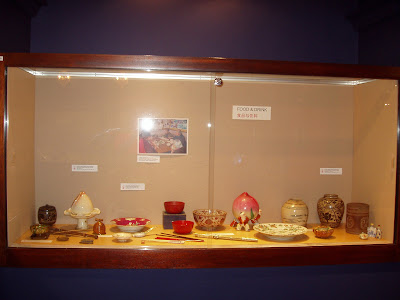Norman Hartnell (1901-1979) was one of the most prominent British designers of the 20th century, and also dressmaker for Queen Mary, Queen Elizabeth, and Queen Elizabeth II. He started his own company in 1923, after leaving Cambridge without a degree and working with other designers, such as Lady Duff-Gordon, better known as Lucile.
Hartnell’s style was opulent and decorative and he specialised in lavish embroideries employing an in-house embroidery workroom. He offered British haute couture for both domestic and foreign clientele, specializing in creating ethereal and alluring evening gowns and afternoon dresses for the elite, but he also produced variety of ready-to-wear, shoe, perfume, jewellery, bridal and menswear collections over the decades.
However, he is best remembered for dressing the royals. Hartnell gained the favour of the court when he designed the wedding dress and trousseau for Lady Alice Montagu-Douglas-Scott, marrying Duke of Gloucester in 1935. After that, both Queen Mary and Duchess of York, future Queen Elizabeth, became clients, and especially following the abdication crisis Hartnell became responsible for Queen Elizabeth’s wardrobe. She was so taken by Hartnell’s designs that she commissioned him to design the wedding and coronation gowns for Queen Elizabeth II and a wedding dress for Princess Margaret. In 1940 Hartnell received a Royal Warrant for his accomplishments and in 1977 he was appointed Knight Commander of the Royal Victoria Order.
The dress in the museum’s collection is from the 1930s when Hartnell was a praised and very sought-after designer. It is a full length silver lame evening dress with a train, and it also has a matching coronet and an underdress that goes with it. We do not know who the dress belonged to, but behind the dress label there is another label saying “Lady M oraan”.
The dress closes on the left side seam with hooks and eyes and the side of the hooks changes on the waist seam, creating more secure closure. There is also an egg blue waist tape inside. Narrow straps with press stud closure are sewn inside the shoulders to secure the straps of the underdress in place.
The matching coronet is made of same silver lame as the dress and it has an elastic band sewn on it. Metal wire is twined inside the silver lame braids to form a plait.
For more information on Norman Hartnell, visit http://www.normanhartnell.com.
Piia Lempiäinen







































